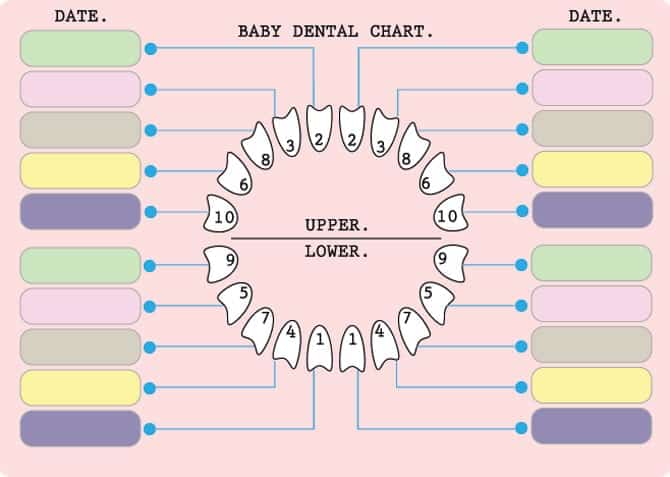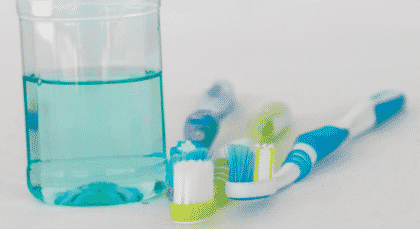A Developing Smile
It may not seem like it, but the development of your teeth is a fascinating process. For example, did you know we humans start developing teeth as early as 14 weeks in the womb?
At that time, the cells that will eventually become your teeth start to form. These are called tooth buds, and can sometimes even be seen in an ultrasound, forming just under the jaw line. As the baby grows in the womb, the tooth buds become more solid and structured, though they won’t erupt through the gum line until a few months after birth.
Stages of Developing Teeth
Primary
Also called baby teeth or milk teeth, these begin erupting during infancy, typically between 4 to 6 months. Usually this process starts with the front of the bottom gumline. The last teeth to erupt are the second molars, which typically come in around the 22nd month.
Permanent
Permanent teeth start developing the moment the primary ones begin erupting from the gums. They remain hidden, under the gums and primary teeth. The root systems of the primary teeth become the place holders for most of the permanent ones, with a few exceptions. When the primary teeth grow in, they start from the middle, in roughly the following order: central incisors, lateral incisors, first molars, canines and second molars.
Permanent teeth begin coming through the gums around the age of 6, shortly after the first few primary ones fall out. Usually this process starts with the first molars followed by the central incisors (which are usually the first primary teeth to fall out).
Why Do Humans Have Two Sets of Teeth?
Almost all mammals do, actually. In fact, one of the few mammals who are consistently identified as not having baby teeth at any point of development are pigs. Even some invertebrates have 2 sets! Sharks, though, are a totally different blog post. We’ll have to write one about them!
So What’s the Difference Between the Two Sets?
- Primary teeth aren’t quite as hard and structured as the permanent ones. Both have a root and a nervous system, and are made of the same enamel and tissue, but primary teeth are more like “practice” teeth.
- Primary teeth are small enough for an infant and toddler to learn how to chew without causing any real damage to the mouth and jaw structure and are essential for the proper development of speech.
- Permanent teeth have a harder structure; stronger enamel, a more developed nervous system and stronger roots which is why it takes longer to develop them. Without the primary teeth, humans would be living on a liquid diet and mumbling our way through the first 6 years of life!
How Many Teeth Do Humans Have?
As children we only have 20, but as adults we have 32. Where do the extra 12 come from? Under the first and second molars the permanent premolars are developing (a total of 8), and behind the molars in the space of the jaw that is still growing, the first, second and third molars (third molars are also known as wisdom teeth) are developing, bringing the 8 to 12.
Ah, Teething…
By the time your permanents are coming in, your jaw muscles, ligaments, bone structure and nerves are strong enough to handle the procedure. However, there typically is discomfort associated with their eruption process (especially the wisdom teeth), a bit of drooling, a low grade fever, and sometimes a bit of swelling. Almost everyone has no memory of this process, which sounds like a good thing!

Why is it So Important to Keep Baby Teeth as Healthy as the Permanent Ones?
You might be asking yourself, “if baby teeth aren’t permanent, why is it so important to keep them healthy?” You may know a child who has had some dental work- a filling, perhaps- and wondered why. The reasons are simple.
Teeth, primary or permanent, are extremely important. Primary teeth are the guidelines for healthy growth in our permanent ones. If a primary tooth is lost due to decay or trauma before the permanent tooth is ready to erupt, some of the back teeth begin to drift forward causing space to be lost in the mouth. This lack of space causes crowding and/or misplacement of the permanent teeth once they start coming in.
If you are worried your child has decay on a baby tooth, or just want to get them in for an appointment to make sure their teeth are coming in correctly and are healthy, we would be happy to do an evaluation! Give our office a call or click here to schedule an appointment online!



